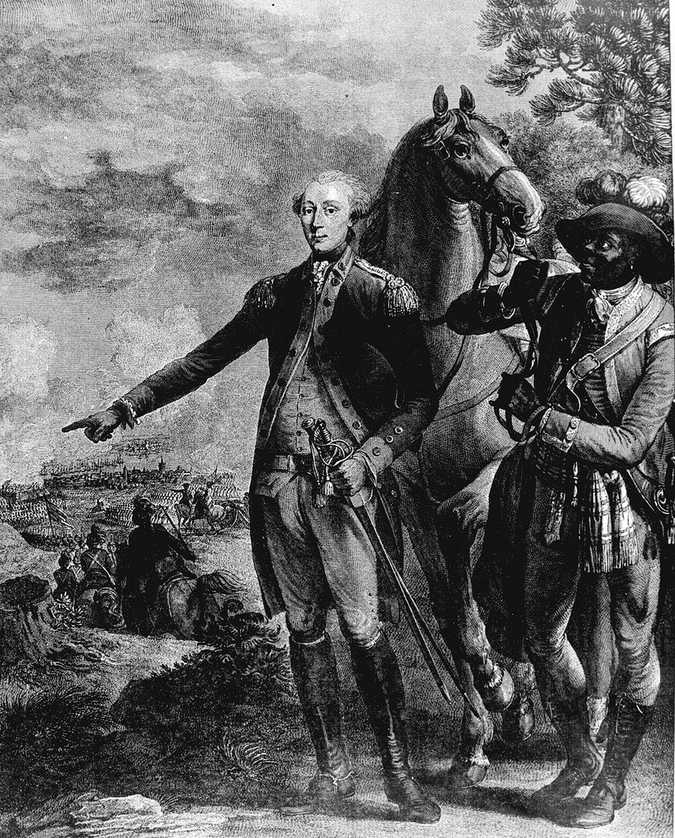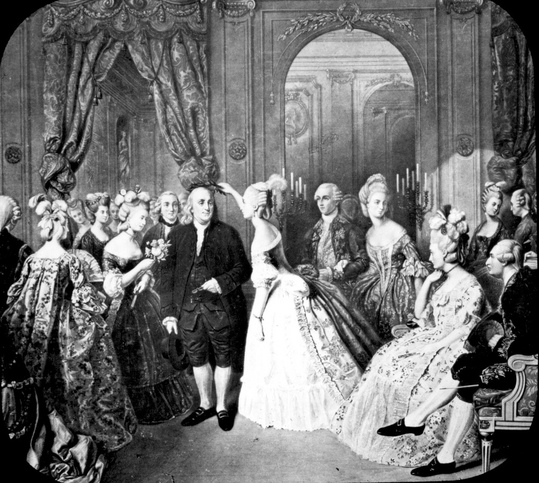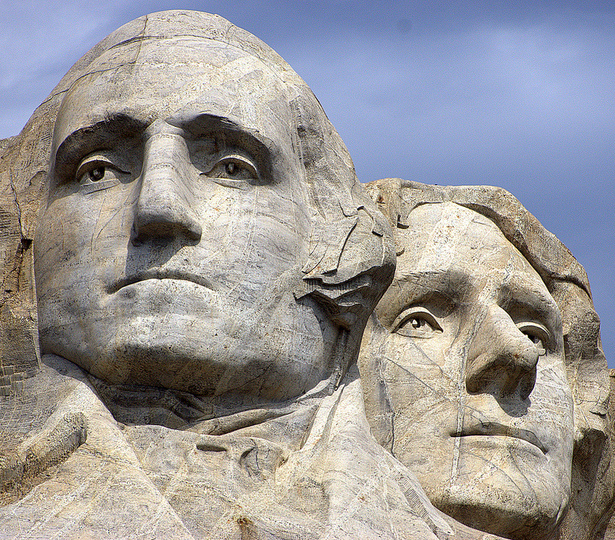a very famous American on these shores.
Saint-Goustan welcomed American founding father Benjamin Franklin as he arrived to ask for support for the New World's fight against the tyranny of the British. It was December of 1776 when Franklin disembarked on the banks of the river town. Lafayette was instrumental in pushing for this support from the crown (King Louis XVI) of France. He used every bit of his own influence to beg for cash, arms and bodies to help America win her fight.
It seems like every other business in this town is named after the famous American. It's particularly perplexing that American visitors are more likely to find their former foe, the British who seem to favor this part of France, than their own American counterparts at this moving historical site. You'll rub your eyes as you see the name Benjamin Franklin on practically every corner of the village. The large and inviting cobbled square is a wonderful place to relax and contemplate the long-lasting friendship of France with the U.S.A.
Born to a wealthy and titled French family, he was more interested in the fresh ideals of American independence from the British than he was
in his own birth country's causes. Joining the American Revolution at the age of 19,
he served at his own expense, including buying the very ship that brought him
(and many other Frenchmen) to our shores.
During America's Revolutionary War, he become the right hand of another American hero, General George Washington. He distinguished himself at the Battle of Brandywine where he fought alongside General Washington (and was promoted to Major General) and at the Siege of Yorktown where he battled it out with Cornwallis.
Lafayette was enamored with the whole idea of America's independence and democracy.
"The Hero of Two Worlds" brought these principles back to France to help influence their transition from the reign of kings. He wrote a large portion of France's Declaration of the Rights of Man & of the Citizen with the help of his good friend and ally, Thomas Jefferson.
Sadly, Lafayette found himself in dire straits during the French Revolution where he spent more than 5 years in prison during their Reign of Terror. Napoleon Bonaparte stepped up to release and recognize the imprisoned frenchman so he could continue good works to aid mankind.
 Auray is so beautiful, it may hurt your eyes!
Auray is so beautiful, it may hurt your eyes! as tenant farmers.
General Lafayette paid homage to his commander, the 1st American president,
by naming his son after him - George Washington de La Fayette. Many towns in the U.S. have paid their respects to the French commander by naming towns,
streets and squares after him.
He received an honorary degree from Harvard as well as full American citizenship.
Buried in Paris, Lafayette is interred in a small cemetery in the 12th arrondissement. Picpus Cemetery is better known as the resting place of 16 Carmelite nuns who went singing to their deaths in the murderous summer of 1794. Some 1300 people are buried in a mass grave at Picpus, all of them decapitated during the reign of terror. The soil on and around the general's grave was taken from Bunker Hill. He rests in peace, forever a friend to America and a reminder of the ties that bind France and the U.S.A.
U.S. citizens wore black in his honor for a full month just as they did when they honored both President Washington and President John Adams.
Lafayette, George Washington, Benjamin Franklin, and Thomas Jefferson
are forever our honored heroes in the fight for independence.
So, too, should we pay our respects to the history that took place
in the little French village of Auray.
Make sure to stop at the Saint-Goustan quarter on your next trip to France and think of a
brave American and a brave Frenchman who conspired to win support for the cause of
liberty in the New World.
Merci, General Lafayette, for your help in securing our freedom.







 RSS Feed
RSS Feed
